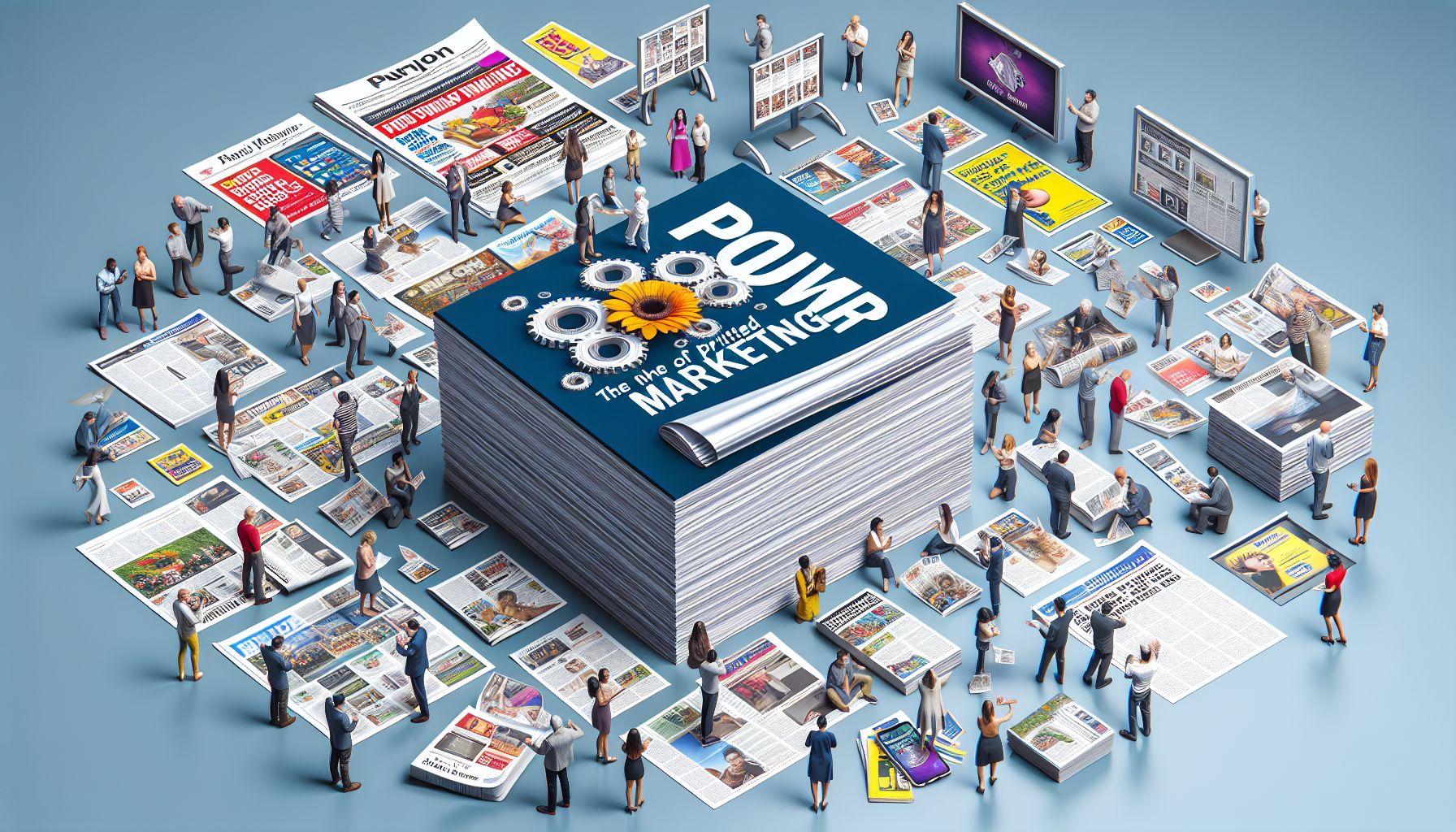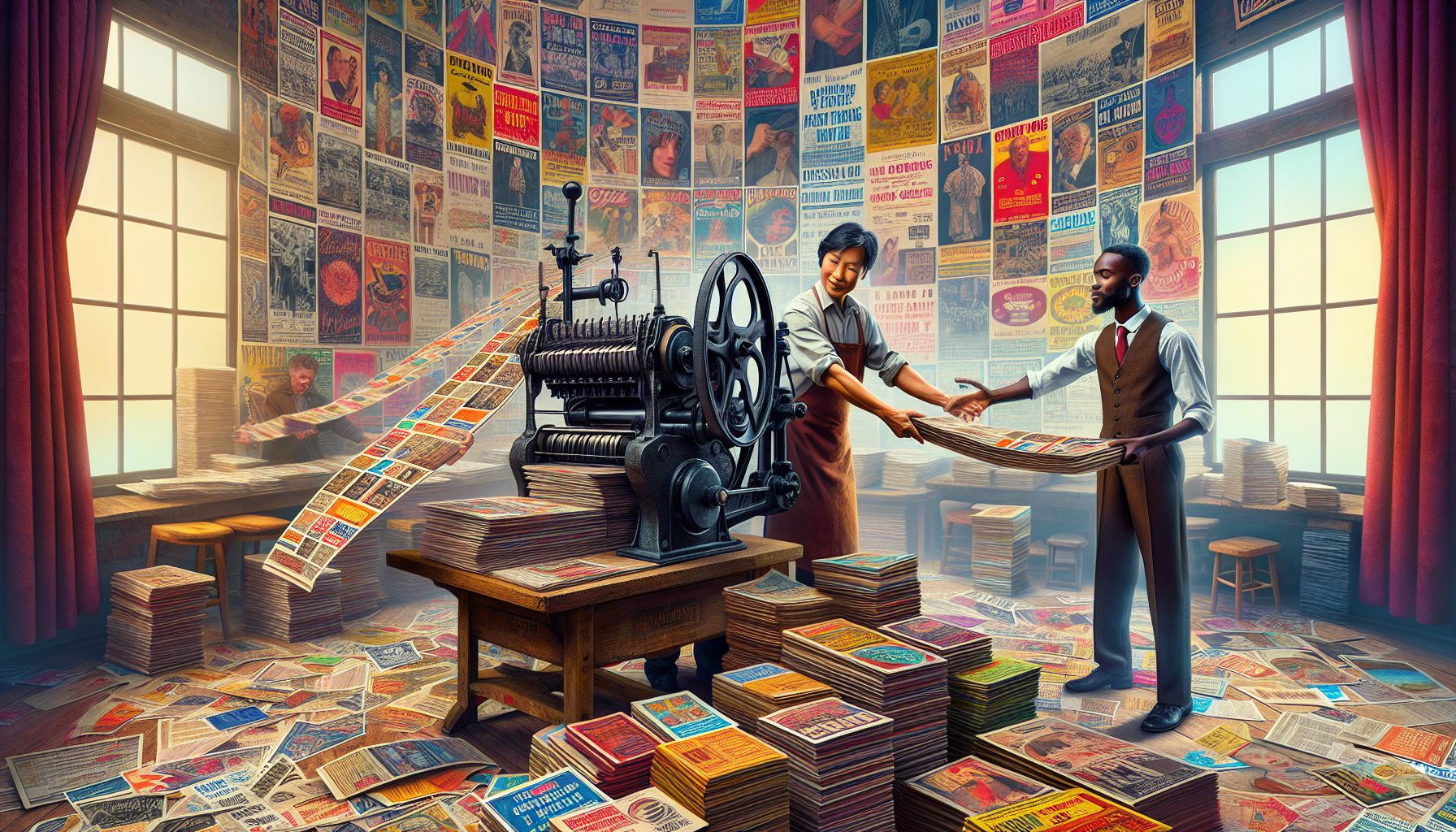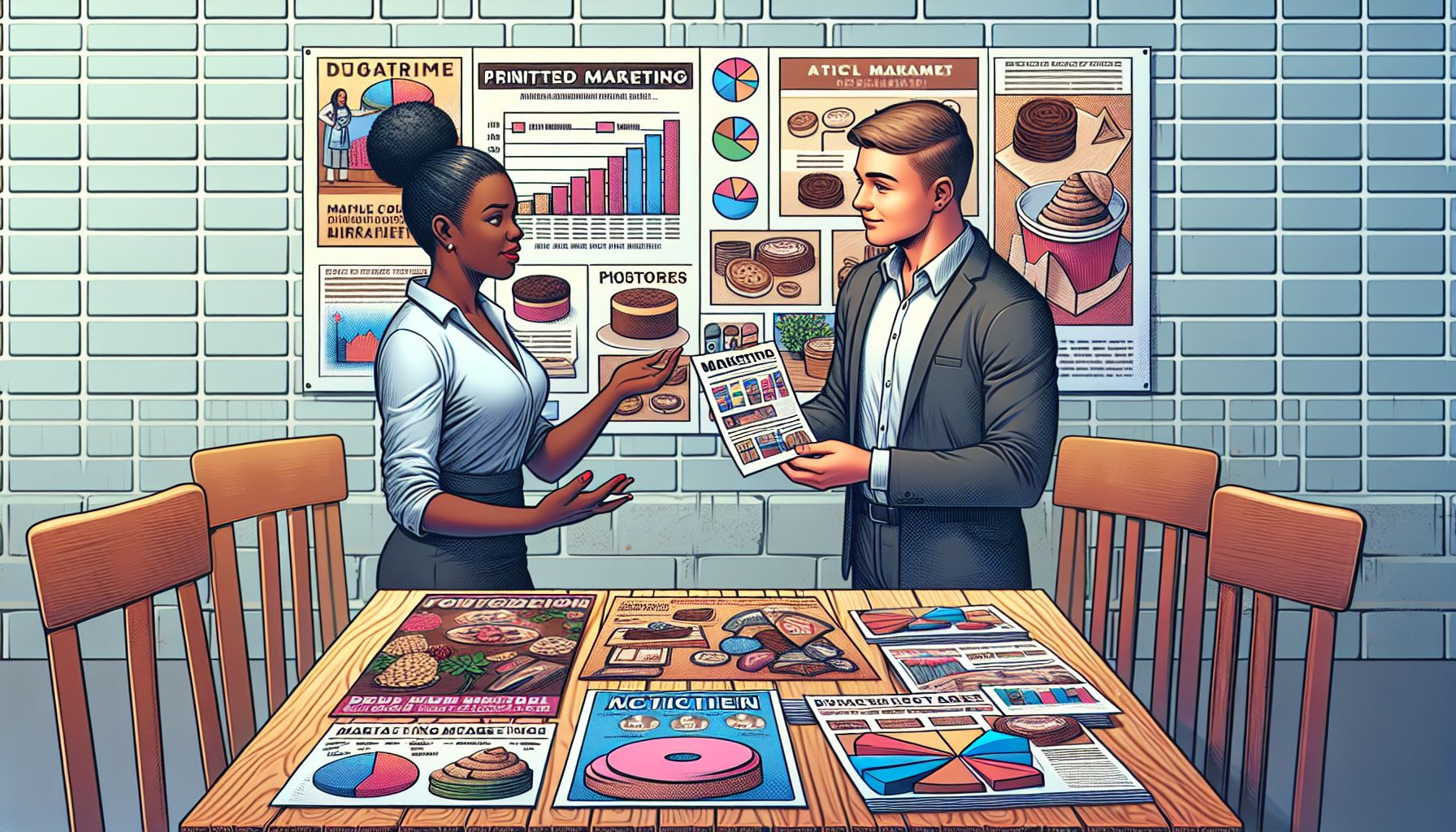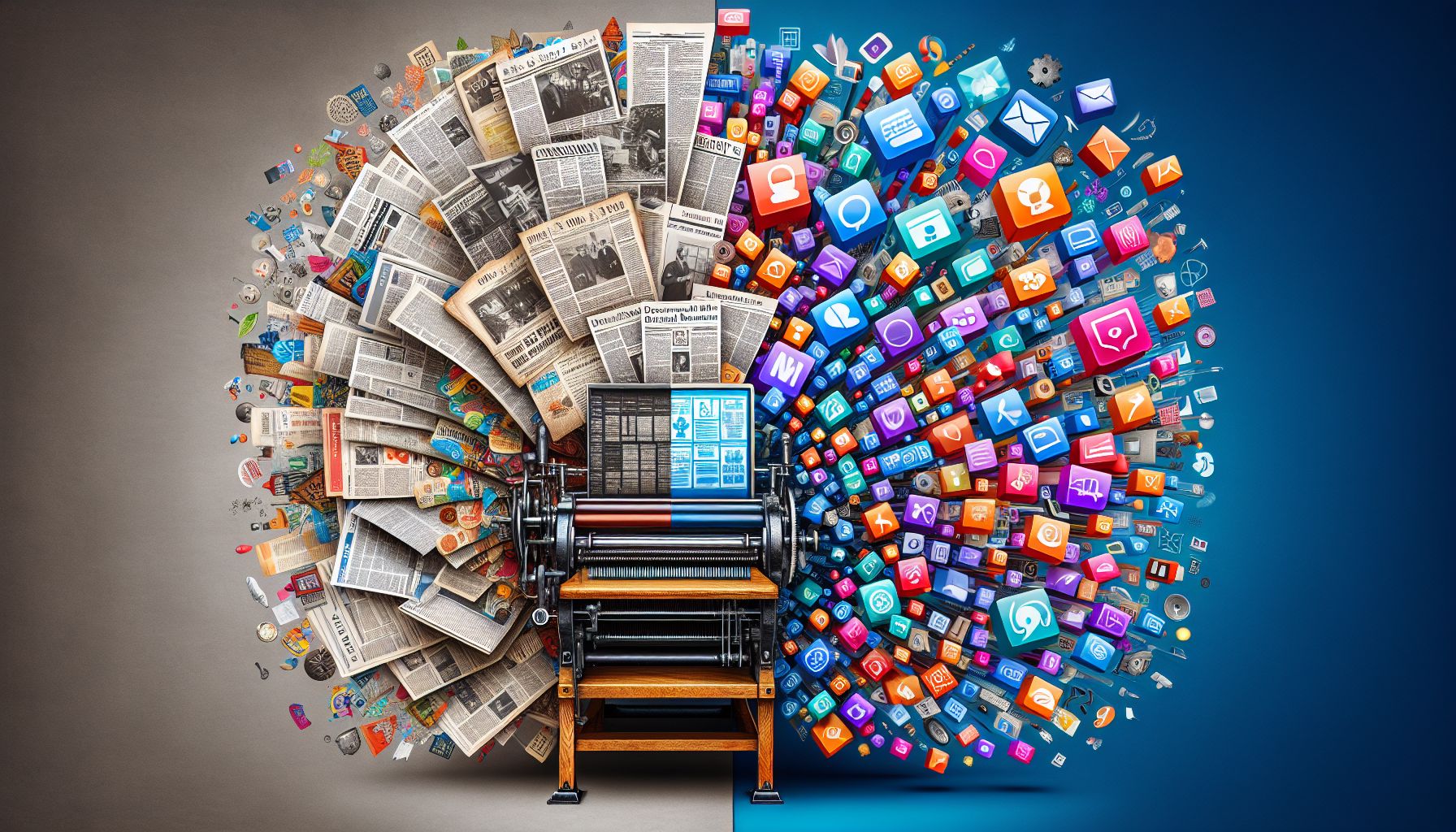In today’s fast-paced digital age, it can be easy to overlook the power of printed marketing materials. With the rise of social media, email campaigns, and online advertising, many businesses have shifted their focus away from traditional printed materials. However, printed marketing still plays a crucial role in reaching customers and making a lasting impact.
The Benefits of Printed Marketing
While digital marketing has its advantages, printed materials offer a unique set of benefits that should not be ignored. Here are just a few reasons why printed marketing is still relevant in today’s world:
Tangibility
One of the biggest advantages of printed materials is their tangibility. Unlike digital ads that can easily be scrolled past or ignored, printed materials like brochures, flyers, and business cards are physical objects that customers can hold in their hands. This tangible quality allows printed materials to make a more lasting impression on customers and can help to establish a sense of trust and credibility.
Brand Recognition
Printed materials can also be a powerful tool for building brand recognition. Consistent branding across all printed materials can help to strengthen your brand identity and make your business more memorable to customers. Whether it’s a logo on a business card or a color scheme on a brochure, printed materials can help to reinforce your brand image and make your business stand out from the competition.
Targeted Marketing
Printed materials can be highly targeted to specific audiences. By customizing your printed materials to appeal to a particular demographic or geographic area, you can reach customers in a more personal and meaningful way. For example, a local businesses may choose to distribute flyers in their community to promote a special event, while a luxury brand might send out personalized mailers to high-end clients. By tailoring your printed materials to specific audiences, you can increase the chances of reaching customers who are more likely to be interested in your products or services.
Longevity
Unlike digital ads that can disappear with the click of a button, printed materials have a sense of permanence. A well-designed brochure or flyer can be kept by a customer for weeks, months, or even years, serving as a constant reminder of your business. This longevity can help to keep your brand top-of-mind and can lead to repeat business and referrals in the future.
Types of Printed Marketing Materials
There are many different types of printed marketing materials that businesses can use to reach customers. Here are a few of the most popular options:
Business Cards
Business cards are a staple of printed marketing materials. They are a simple and cost-effective way to share your contact information with potential customers and can help to make a professional first impression. With a well-designed business card, you can convey your brand identity and stand out from the competition.
Brochures
Brochures are a versatile marketing tool that can be used to showcase your products or services in more detail. Whether it’s a tri-fold brochure at a trade show or a four-page brochure in a direct mail campaign, brochures can help to educate customers about your offerings and generate interest in your business.
Flyers
Flyers are a great way to promote special events, sales, or promotions. They are highly customizable and can be distributed in a variety of ways, such as through direct mail, in-store handouts, or as inserts in newspapers or magazines. Flyers are a cost-effective way to reach a large audience and generate buzz around your business.
Postcards
Postcards are another effective marketing tool that can be used to drive traffic to your business. Whether it’s a postcard announcing a new product launch or a promotional postcard offering a discount, postcards can help to grab customers’ attention and encourage them to take action.
Tips for Creating Effective Printed Marketing Materials
When designing printed marketing materials, it’s important to keep a few key things in mind to ensure that your materials are effective and memorable. Here are some tips for creating successful printed marketing materials:
Keep it Simple
When it comes to printed materials, less is often more. Keep your designs clean and uncluttered, and focus on conveying your message clearly and concisely. Avoid using too many fonts, colors, or images, as this can overwhelm the reader and make your materials difficult to read.
Use High-Quality Images
High-quality images can make a big difference in the effectiveness of your printed materials. Whether it’s a product shot on a brochure or a stock photo on a flyer, using crisp, clear images can help to grab customers’ attention and make your materials more visually appealing.
Choose the Right Paper
The type of paper you choose can have a big impact on the look and feel of your printed materials. Consider factors such as paper weight, finish, and texture when selecting paper for your materials. A high-quality paper can help to convey a sense of professionalism and can make your materials stand out from the competition.
Include a Call to Action
Every printed marketing material should include a clear call to action that tells customers what you want them to do next. Whether it’s visiting your website, making a purchase, or calling for more information, a strong call to action can help to drive customer engagement and lead to conversions.
Conclusion
Printed marketing materials may seem like a thing of the past in today’s digital world, but they still have a valuable role to play in reaching customers and making a lasting impression. From business cards and brochures to flyers and postcards, printed materials offer a tangible, targeted, and long-lasting way to connect with customers and promote your business. By incorporating printed materials into your marketing strategy and following best practices for design and messaging, you can create effective printed marketing materials that help to grow your business and build brand loyalty. So the next time you’re planning a marketing campaign, don’t forget the power of printed marketing – it’s a tried-and-true method that continues to deliver results in a digital age.…
Read More

















